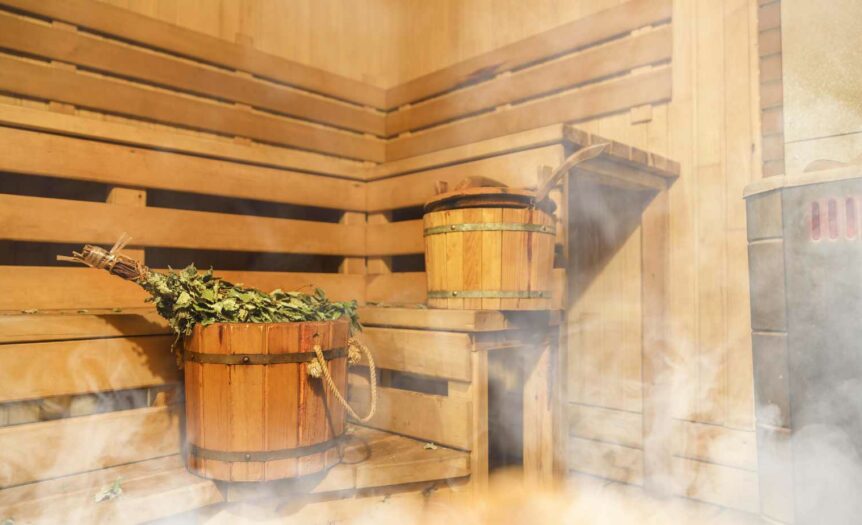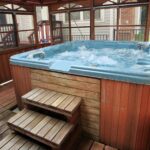An indoor sauna is a great way to relax, but how do they heat? The traditional type of heating is a wood-burning stove. The fire burns rocks, called igneous rocks, to generate high temperatures between 140 and 200 degrees Fahrenheit.
To create steam, water is poured onto the rocks. These saunas are usually free-standing structures, and they are not connected to the home. However, they are still a viable option for those who live in rural areas without electricity.
The heating is a result of direct radiation from the stove. The higher the heat, the closer you are to the stove. However, the heating is not uniform throughout the sauna. The air from the sauna also contributes to different levels of heating. This fresh steam rises directly from the floor and travels across the ceiling to the corners, forcing the air downward. Users can adjust the heat and duration of the session as necessary.
The time required for a sauna to heat depends on the ambient temperature. For example, an outdoor sauna may take longer to heat up than an indoor sauna. This is entirely dependent on the temperature you prefer. If you live in a cold climate, your sauna may take much longer. A sauna heated to 165 degrees Fahrenheit will be ready for use within thirty to forty minutes. A hotter sauna will be warmer in less than 60 minutes.
The heating inside an indoor sauna depends on the materials used to build it. Softwoods are ideal because they allow the humidity to be absorbed into the wood. Hardwoods will absorb heat and become too hot to touch. It is important to ensure the wood is dried to a high moisture content of nine to eleven percent. A kiln-dried wood is preferred for this purpose. Regardless of the material, you should know that the wood used for your sauna is safe for you and for the environment.
When building an indoor sauna, the wood used should be a softwood. It is important to choose a softwood because it will absorb the humidity. While hardwoods do not absorb the heat, they can be hot to touch. This is why softwoods are recommended for indoor saunas. If you have a wood-burning sauna, make sure you dry it completely to prevent warping and shrinking. They will help your body stay comfortable and healthy for the entire time you are in the sauna.
There are two basic types of indoor saunas. A traditional wood sauna is heated by burning logs. These logs are often a little cheaper than electric saunas, but they aren’t necessarily cheaper. Using wood means a lower initial investment, but the wood itself isn’t cheap. A sauna that uses electrical heating is relatively cheap and clean. A heater can also be controlled remotely. If you use a remote control, you can set the temperature to your comfort level by adjusting it on your phone or computer.
The second type of sauna heats by using electrical elements. They typically contain stones that radiate the heat more gently than bare elements. The water also serves to create a barrier to keep out the moisture, which makes it more comfortable for people to sit in a sauna. A foil barrier can be installed on a sauna’s roof. When installed properly, this barrier will protect the sauna from dripping water. Besides, this barrier will also prevent water from leaking into the interior of the sauna.
The wood in a sauna must be softwood to keep the humidity inside. This will keep the sauna warm while keeping the humidity in the air. The wood in a sauna should be made from softwood, since hard woods absorb the heat. The best kind of wood for a sauna is one that is composed of 9-11% moisture content. This is the optimal wood for a sauna. This is the best choice for people who want to soak in hot water without being too comfortable.
When it comes to heating the indoor sauna, the most common type is a wood-burning stove that produces heat from wood. This type is commonly used in spas. Its wood-burning stove will produce a large amount of steam, which will keep the sauna hot and dry. Depending on the size and layout of your sauna, the heating system will also affect the air temperature. This is why the best way to heat a sauna is to use a thermometer, which will help you gauge the exact temperature and humidity.
Related Posts:
How to clean a Sauna?
How often should you sauna?
How many Calories do you burn in a sauna?
What to wear in a sauna?







